Related Research Articles
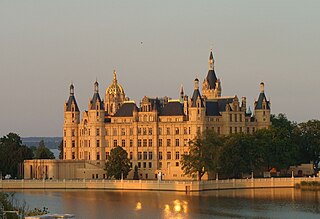
Schwerin is the capital and second-largest city of the northeastern German state of Mecklenburg-Vorpommern as well as of the region of Mecklenburg, after Rostock. It has around 96,000 inhabitants, and is thus the least populous of all German state capitals.
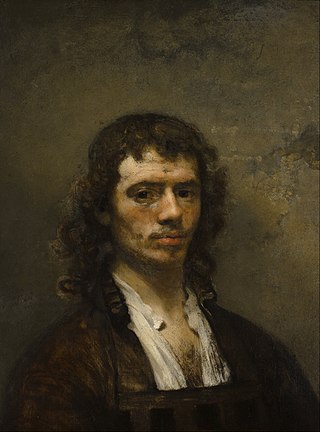
Carel Pietersz. Fabritius was a Dutch painter. He was a pupil of Rembrandt and worked in his studio in Amsterdam. Fabritius, who was a member of the Delft School, developed his own artistic style and experimented with perspective and lighting. Among his works are A View of Delft, The Goldfinch (1654), and The Sentry (1654).

Abraham Bloemaert was a Dutch painter and printmaker who used etching and engraving. He initially worked in the style of the "Haarlem Mannerists", but by the beginning of the 17th-century altered his style in line with the new Baroque style that was then developing. He mostly painted history subjects and some landscapes. He was an important teacher, who trained most of the Utrecht Caravaggisti.
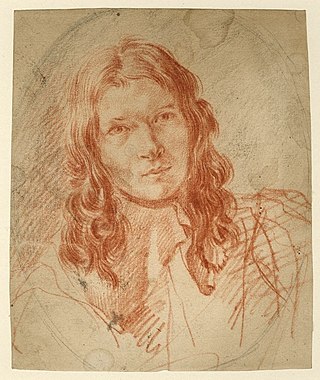
Philips Wouwerman was a Dutch painter of hunting, landscape and battle scenes. He became prolific during the Dutch Golden Age and joined the Haarlem Guild of St. Luke.

Albert II, Duke of Mecklenburg was a feudal lord in Northern Germany on the shores of the Baltic Sea. He reigned as the head of the House of Mecklenburg. His princely seat was located in Schwerin beginning in the 1350s.

Otto Marseus van Schrieck was a painter in the Dutch Golden Age. He is best known for his paintings of forest flora and fauna.

The Staatliches Museum Schwerin is an art gallery and museum in Schwerin in Germany. It was established by Frederick Francis II, Grand Duke of Mecklenburg-Schwerin in 1882 its historicist Haupthaus as the Staatsgalerie next to the Staatstheater. Its other locations are opposite the Schweriner Schloss and in the former residences at Schloss Güstrow and Schloss Ludwigslust.
Heinrich Pommerencke (1821–1873) was a successful portrait painter of Mecklenburg-Schwerin.

Joachim Heinrich Wilhelm Wagener was a German banker and patron of the arts. His collection formed the initial nucleus of the Alte Nationalgalerie in Berlin.

The Goldfinch is a painting by the Dutch Golden Age artist Carel Fabritius of a life-sized chained goldfinch. Signed and dated 1654, it is now in the collection of the Mauritshuis in The Hague, Netherlands. The work is a trompe-l'œil oil on panel measuring 33.5 by 22.8 centimetres that was once part of a larger structure, perhaps a window jamb or a protective cover. It is possible that the painting was in its creator's workshop in Delft at the time of the gunpowder explosion that killed him and destroyed much of the city.
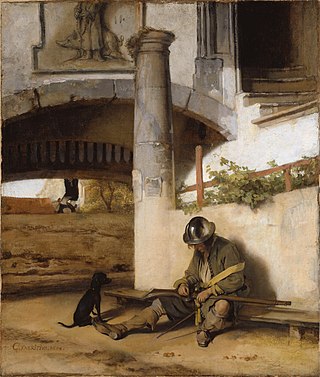
The Sentry is an oil-on-canvas painting by Dutch artist Carel Fabritius, created in 1654. Its dimensions are 68 by 58 cm. The work is in the collection of the Staatliches Museum in Schwerin. It represents a resting sentry and a dog.

Portrait of Abraham de Potter, Amsterdam Silk Merchant is a 1649 portrait painting of silk merchant Abraham de Potter by Carel Fabritius. The oil painting on canvas is 68.5 by 57 cm. The work has been in the collection of the Rijksmuseum in Amsterdam since 1892.

Joachim Schmettau is a German sculptor.
Daniel Woge (1717-1797) was a German drawer (artists) and painter.
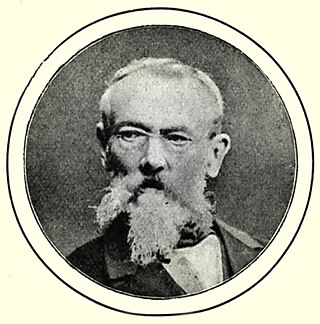
Friedrich Theodor Julius Schloepke was a German painter and illustrator. He worked in a wide variety of genres, including historical scenes, portraits and landscapes. Many of his paintings feature horses.
Carl Ernst Bernhard Jutz, also Carl Jutz der Jüngere was a German landscape painter of the Düsseldorf school of painting.

The Portrait of a Man in a Wide-Brimmed Hat is a work by the Dutch Golden-Age artist Frans Hals. It was painted in about 1625–1635 and hangs in the Herzogliches Museum, part of the Friedenstein Palace complex at Gotha, Germany. It was stolen in 1979, recovered in 2019, and restored in 2020–2021.
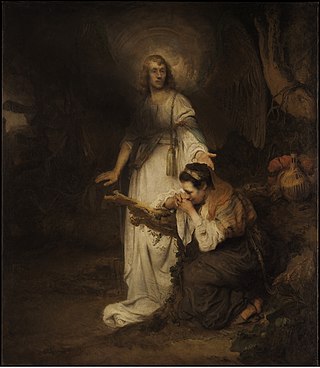
Hagar and the Angel is an oil-on-canvas painting of a scene from the Book of Genesis by Carel Fabritius, created c.1643–1645 during that artist's time in Rembrandt's studio or shortly afterwards. It is now in the Leiden Collection in New York.

Hera or Hera Hiding During the Battle Between the Gods and the Giants is a c. 1643 oil on canvas painting by Carel Fabritius, produced during his apprenticeship in Rembrandt's studio or shortly afterwards. It is now in the Pushkin Museum in Moscow.

Ariane van Suchtelen is a Dutch art historian and museum curator, currently at the Mauritshuis.
References
- ↑ "Dr. Gero Seelig". CODART. Retrieved August 5, 2024.
- ↑ "Otto Marseus van Schrieck: Introducing the Inventor of the 'Forest-Floor' Still-Life". The Art Newspaper. August 21, 2018. Retrieved August 5, 2024.
- ↑ "Kopfüber neu bemalt: Webcam enthüllt Geheimnisse alter Gemälde". Handelsblatt. March 3, 2014. Retrieved August 5, 2024.
- ↑ "Crossroads: Frankfurt am Main as Market for Northern Art 1500-1800". Michael Imhof Verlag. Retrieved August 5, 2024.
- ↑ "Medusa's Menagerie: Otto Marseus van Schrieck and the Scholars". Hirmer Verlag. Retrieved August 5, 2024.
- ↑ Seelig, Gero (2013). "Jan van Huysum und der Hof von Mecklenburg-Schwerin". Oud Holland. 126 (2/3). Brill: 136–161. doi:10.1163/18750176-90000035. JSTOR 42712289 . Retrieved 7 August 2024.
- ↑ "1749 im Schloss Versailles: Das Nashorn Clara wird präsentiert". WDR Zeitzeichen. 20 January 2024. Retrieved 16 August 2024.
- ↑ Irene Meichsner (20 January 2019). "Vor 270 Jahren: Nashorn "Clara" in Versailles". Deutschlandfunk. Retrieved 16 August 2024.